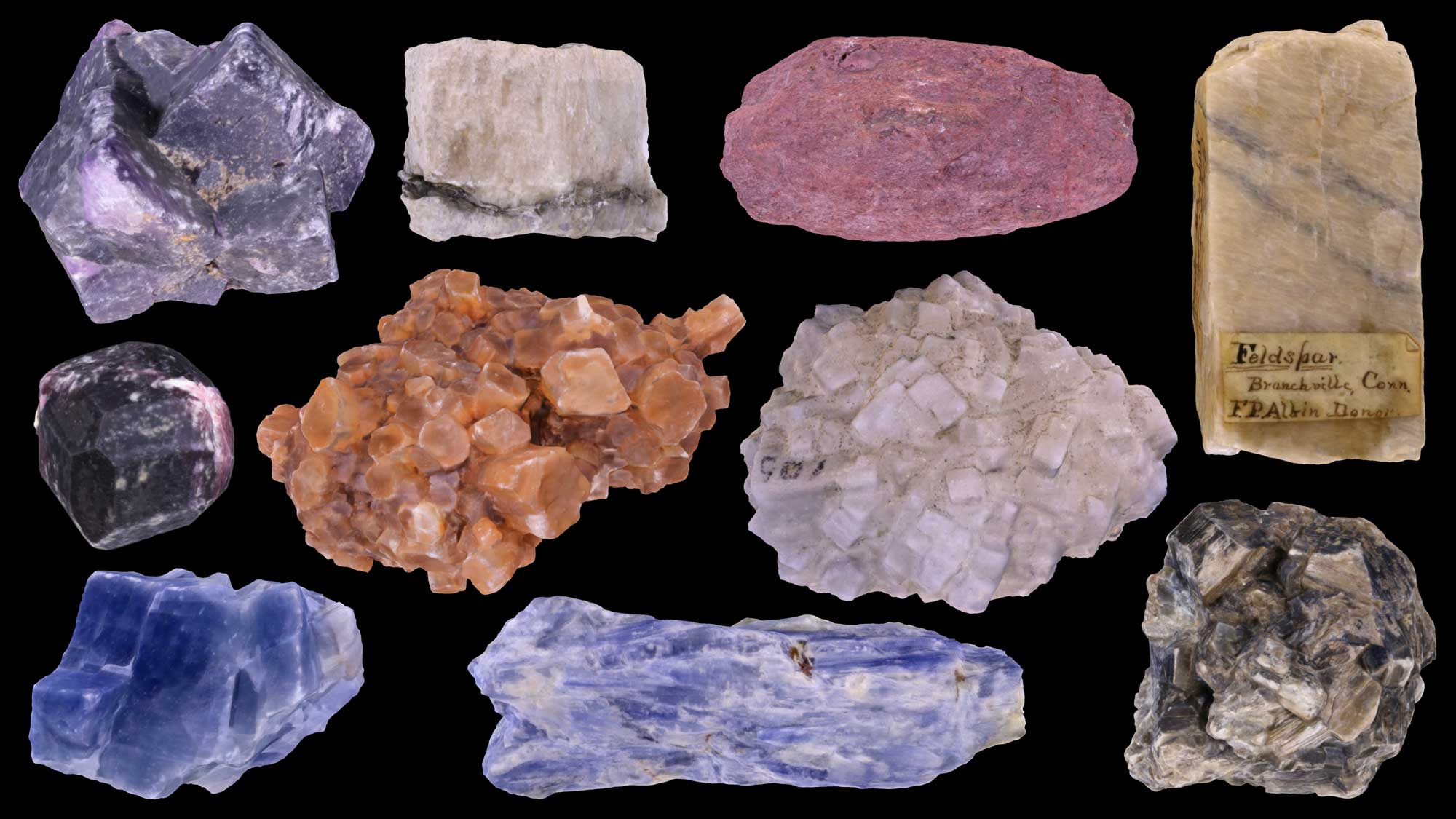The Role of Minerals in Technology Fueling the future

Minerals are at the core of technological advancement, acting as the building blocks for many of the devices and systems we use every day. As the demand for more sophisticated electronics and clean energy solutions grows, so does the importance Crystals of these essential resources. From powering smartphones and laptops to enabling the renewable energy revolution, minerals fuel the future of technology in ways that are both innovative and critical to modern living. This article will delve into how minerals are shaping the future of technology and their indispensable role in the digital age.
- Minerals in Electronics: The heart of Modern Devices Many of the devices we rely on today, including smartphones, tablets, and computers, are made possible by minerals. Silicon, for instance, is used in semiconductors, which are the foundation of computer chips and integrated circuits. This element, derived from quartz, is what allows our devices to process and store information. Additionally, rare earth minerals like neodymium and dysprosium are used in the production of magnets essential for hard drives and other electronic components. Gold and copper, known for their excellent conductive properties, are used in wiring and circuits. Without these minerals, the electronics industry would be unable to function or innovate.
- Powering Clean Energy: Lithium, Cobalt, and Nickel As the world shifts toward renewable energy and cleaner technologies, the role of minerals has become even more critical. Electric vehicles (EVs), for instance, rely on minerals like lithium, cobalt, and nickel for their batteries. Lithium-ion batteries, which are used in everything from smartphones to electric cars, have revolutionized energy storage due to their high efficiency and capacity. Cobalt and nickel help improve the stability and longevity of these batteries, making them indispensable for the renewable energy sector. As the global demand for EVs and renewable energy grows, these minerals will play an increasingly vital role in reducing the carbon footprint and combating climate change.
- Rare Earth Elements: Enabling High-Tech Advancements Rare earth minerals are a group of 17 elements that are essential for the production of many advanced technologies. They are used in everything from smartphones and flat-screen Tvs to advanced military equipment and renewable energy technologies like wind turbines. For example, neodymium and samarium are key in the creation of powerful magnets, while europium and terbium are used in fluorescent lighting and display screens. Despite their name, these minerals are not necessarily rare in the Earth’s crust, but they are difficult and expensive to extract. Their unique properties make them indispensable in a wide range of high-tech applications, positioning rare earth elements as crucial to the future of technology.
- The Rise of Sustainable Technologies and Mineral Demand As industries around the world push towards sustainability, the demand for minerals needed for green technologies has surged. Wind turbines, solar panels, and electric vehicles all rely on a range of minerals, including copper, zinc, and rare earth elements. For instance, wind turbines use large amounts of copper for their generators, and solar panels require silicon for their photovoltaic cells. Additionally, the global push towards sustainable technologies has increased the demand for minerals like lithium, which is essential for energy storage solutions. As these industries expand, there is a growing need to balance mineral extraction with environmental responsibility, ensuring that these critical resources are used sustainably.
- Challenges in Mineral Sourcing and Ethical Considerations With the increasing demand for minerals comes the challenge of sourcing them ethically and sustainably. Many of the minerals essential to technology, particularly cobalt, are often mined in regions with poor labor practices, including child labor and unsafe working conditions. The Democratic Republic of Congo, for example, is a major source of cobalt, and its mining practices have raised significant ethical concerns. In response, companies are seeking ways to source minerals responsibly by improving transparency in supply chains and investing in fair-trade mining initiatives. Additionally, advances in recycling technologies are helping to reduce the demand for newly mined minerals, allowing for a more sustainable and ethical approach to mineral use in technology.
- The future of Minerals in Technological innovation Looking forward, minerals will continue to play an essential role in the future of technological innovation. As the demand for faster, smaller, and more efficient devices grows, so too will the need for new minerals and advanced materials. Researchers are constantly exploring new ways to use minerals, from developing better energy storage solutions to creating more efficient semiconductors. Furthermore, as industries seek to reduce their environmental impact, there is a growing focus on recycling and reusing minerals from existing products. This not only helps conserve valuable resources but also reduces the environmental footprint associated with mining and extraction.
In conclusion, minerals are an indispensable part of the technological landscape, fueling the future of innovation and progress. From powering the devices we use daily to driving the renewable energy revolution, these natural resources are the foundation of modern technology. As industries evolve and push towards a more sustainable future, the importance of responsible mineral sourcing and efficient use will become even more crucial. The role of minerals in technology is not only central to the devices of today but also key to shaping the innovations of tomorrow.